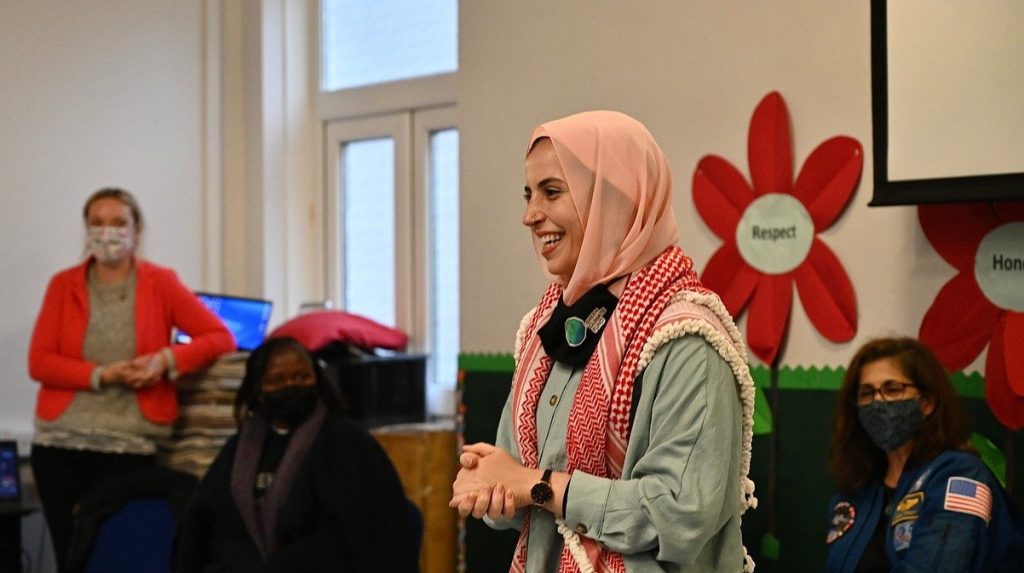ActionAid USA welcomes the Biden administration’s revised climate finance target, but emphasizes that the United States must go well beyond even this new target if the world is to have any hope of truly addressing the climate crisis.
The new target – likely to be $11.4 billion annually by 2024 – is a welcome sign that the administration is listening to its critics and making an honest effort to improve its policies and positions on an issue that is crucial to the success of global climate action. But estimates of climate finance needs in developing countries range from the hundreds of billions to trillions of dollars. In 2009, the United States and other wealthy countries committed to a goal of mobilizing $100 billion per year by 2020. This $100 billion figure is woefully inadequate based on estimates of adaptation, mitigation, and loss and damage needs, and rich countries have failed to meet it by their own 2020 deadline. And even by this benchmark, the U.S. finance pledge falls well short.
Brandon Wu, ActionAid USA’s Director of Policy and Campaigns, said: “Over the past year and a half, the U.S. government rightly mobilized trillions of dollars to respond to the Covid-19 pandemic. We must treat the climate crisis with the same urgency and at a similar scale. The Biden administration’s revised climate finance target is a step in the right direction, but a very small step compared to what is needed.
“President Biden wants to ‘rally the world’ to action and speaks about leading by example. In order to truly lead, the United States must genuinely do its fair share of climate action. That means drastic domestic emissions reductions, AND massively scaled up climate finance to enable reductions and support frontline communities in poorer countries. What the administration has pledged to date fails to meet the scale of the challenge.”
A recent analysis, using a fairly conservative methodology, indicates that the U.S. share of the $100 billion climate finance goal should be about $43 billion per year. Going beyond $100 billion and attempting to estimate actual needs, ActionAid and a coalition of prominent U.S. groups released a Fair Shares Nationally Determined Contribution (NDC) this spring indicating that a U.S. commitment of $800 billion cumulatively by 2030 would be needed as a down payment towards meeting a much larger fair share.
Climate finance is currently a minuscule fraction of the U.S. international programs budget, much less the overall discretionary budget. The American Rescue Plan that President Biden signed into law earlier this year was a $1.9 billion bill. Democrats are currently considering a $3.5 trillion infrastructure package (including many crucial climate-related investments).
Moreover, Congress is currently considering nearly $800 billion in defense spending for Fiscal Year 2022 alone. The current U.S. pledge of $5.7 billion climate finance by 2024 is what we would spend on defense in less than three days. Even scaling up to meet the $800 billion finance fair share down payment would imply financing at a mere fraction of that defense budget – to help 100+ countries make a transition to more just and sustainable economies and support communities in coping with climate impacts. Without the resources to support climate action, we cannot hope to limit warming to 1.5 degrees, in line with the US’ commitment to the Paris Agreement.
Importantly, these resources are well within reach. Even the House Democrats’ extremely modest tax plan, which increases the top tax rate on wealthy individuals to a mere 39.6% (from 37%), among other changes such as small increases in capital gains taxes, would raise $3 trillion. Other policy measures, including redirection of fossil fuel subsidies, redirection of bloated defense spending, a wealth tax, a financial transactions tax, use of IMF Special Drawing Rights, and many more, could raise significantly more funding.

